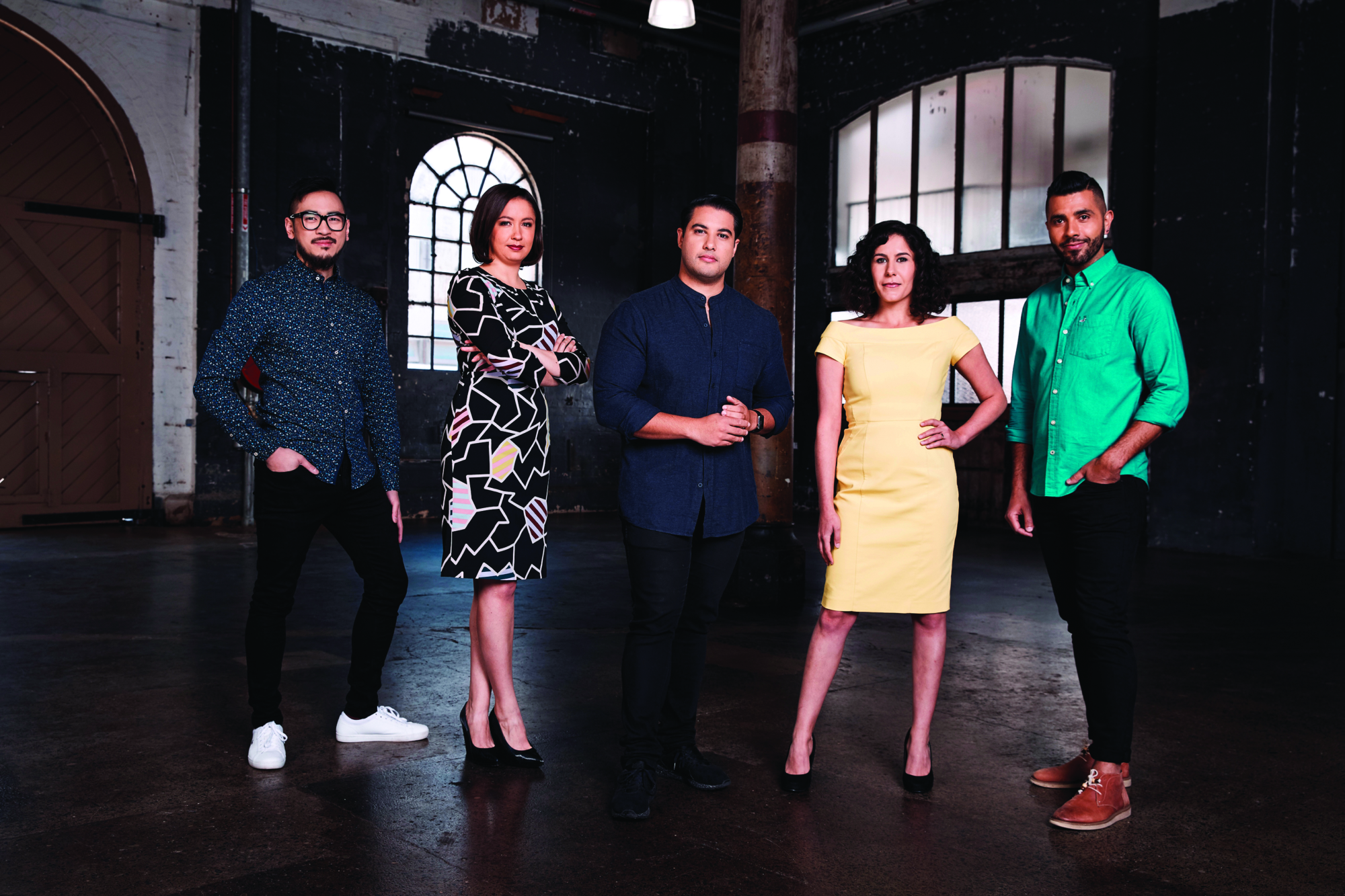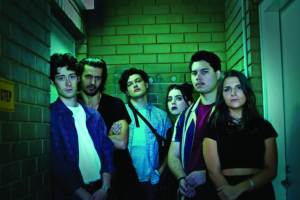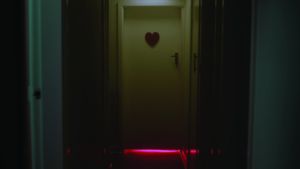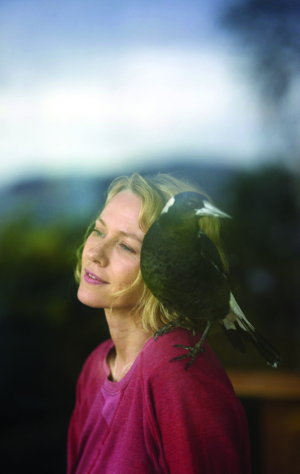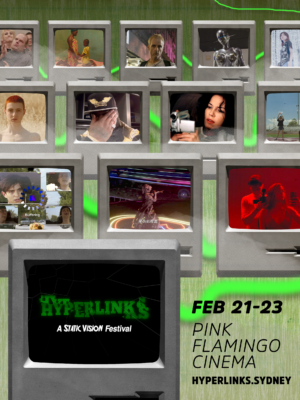With the growth of streaming services, the prevalence of VOD and Australia’s shocking piracy record, it can seem like more people are cutting the cord and choosing to plug in elsewhere. According to the latest iteration of the 2017 Australian Video Viewing Report, however, Australians are still averaging two hours and twenty-seven minutes each day watching free-to-air (FTA) and/or subscription channels on in-home televisions – merely a drop of forty-three minutes (or 23 per cent) since 2010.[1]OzTAM, Australian Video Viewing Report, Quarter 4, 2017, pp. 4, 9, <http://www.oztam.com.au/documents/Other/AVVR-Q4-2017-Med%20Res%20Final.pdf>, accessed 30 May 2018.
Fewer people may be watching FTA, but that doesn’t mean they’re not interested in what’s on offer. OzTAM estimates that, in a month, 347 million minutes of Australian broadcasters’ online content is viewed on connected devices, comprising 258 million minutes of catch-up and on-demand material as well as 89 million minutes of live-streaming.[2]ibid., p. 7. Still, it’s a volatile time to be investing in FTA television, and the risk increases if it involves multi-channelling – appending a secondary channel to one of the major networks – as these secondary channels rarely draw big ratings.

But if the traditional FTA channels are feeding digital platforms with programming, which are then drawing bigger numbers, a chicken-and-egg situation develops. Certain shows may be a blip on the radar when it comes to ratings, but they end up justifying their existence through success in the digital sphere. At the same time, without a terrestrial channel from which to bounce shows to streaming, a network has got nothing – unless it commits to streaming only, and competes with the likes of Stan and Netflix. As viewing habits shift, an intriguing hint of what’s to come for broadcast television in Australia can be seen in the similar trajectories of ABC Comedy and SBS Viceland.
When the ABC announced in late 2017 that it would be re-branding the FTA channel ABC2 to ‘ABC Comedy’, it was hard not to feel a bit of deja vu. ABC Comedy was introduced as
a new multiplatform brand that spans a TV channel (replacing ABC2), ABC iview, ABC listen and key social media platforms. Devoted to providing Australian audiences with an unrivalled comedy offering, ABC Comedy is a mix of scripted and non-scripted, long and short form TV shows, and podcasts.[3]‘ABC Gets Serious About Comedy’, media release, ABC, 30 October 2017, <http://about.abc.net.au/press-releases/abc-gets-serious-about-comedy/>, accessed 24 May 2018.
Clicks and views are valued more than people watching something live … But relying on the aggregation mechanics of social-media feeds is risky when it comes to ascertaining whether something is working or not.
The ABC hedged its bets on a fresh evening show, Tonightly with Tom Ballard, along with six new Australian series and back-to-back episodes of American imports The Office, 30 Rock and Parks and Recreation. But hadn’t we been here before? We had: in 2009, SBS launched a secondary channel of its own. SBS TWO began life with a selection of dramas from around the world as well as sports coverage, mostly cycling. The channel expanded its roster of international shows to sustain twenty-four hours of television programming until it got a makeover in 2013, when it was renamed ‘SBS 2’. The newly minted SBS 2 added a new, fifteen-minute youth current affairs show, The Feed, plus a roster of international series (including the same three American imports: The Office, 30 Rock and Parks and Recreation).
In 2016, SBS 2 was rebranded again, this time fused with the American channel Viceland to form SBS Viceland. The channel relaunched with a combination of SBS programming, including a double-length version of The Feed; a suite of Viceland shows; cult movies; and older series like the 1960s Batman, starring Adam West.
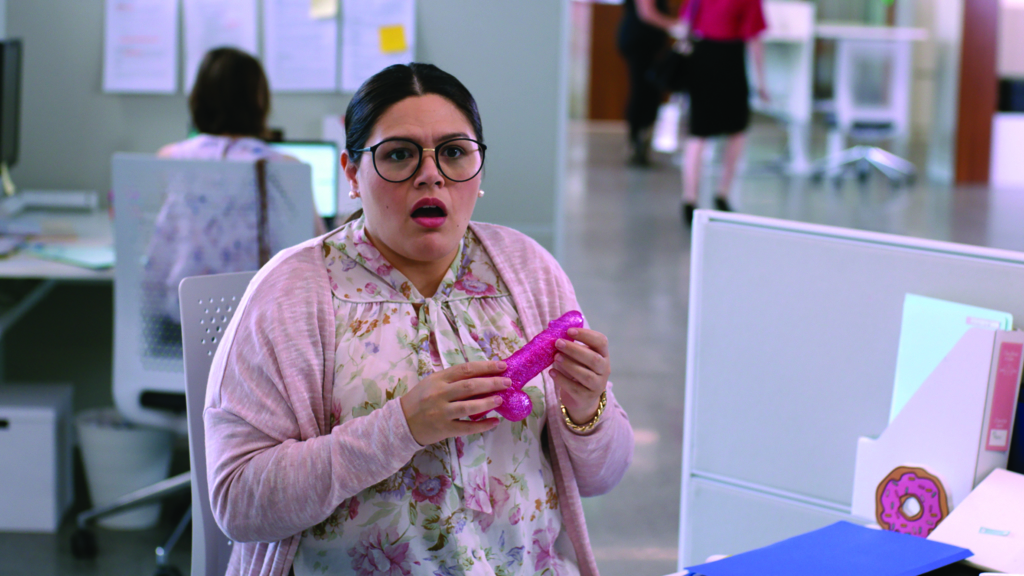
ABC Comedy and SBS Viceland have certainly had similar programming, especially upon their respective launches: the formula that each has used is to lead with a locally produced nightly show and surround it with American and British imports. Admittedly, it’s simplistic to equate The Feed and Tonightly – they have differing goals and target audiences, and while the former thrives on getting the balance right between broadcast television and digital media, the latter is struggling to hide the fact that it’s a show designed to be carved up into digital bites. Nevertheless, the fact that we have two locally produced shows is a victory at a time when, according to Screen Producers Australia, local content on the ABC has been dwindling since 2014/15, with drama hours down by approximately 22 per cent, documentary down by 13.5 per cent and factual down by just over 60 per cent.[4]‘SPA Statement on ABC Report to Senate on Hours and Budgets for Local Content on the ABC’, media release, Screen Producers Australia, 11 April 2018, <http://www.screenproducers.org.au/assets/PR/ABC-Report-to-Senate-.pdf>, accessed 24 May 2018.
ABC Comedy is pushing back, a little, by showing its support for local comedy when it’s not airing repeats of Spicks and Specks – stand-up specials and comedy shorts are mixed in with shows from overseas. More significantly, audiences have been treated to the excellent series Kiki and Kitty – created, written by and starring Nakkiah Lui – but the show was heavily promoted for binge viewing on ABC iview. To remain relevant, ABC Comedy needs more titles like Kiki and Kitty to slowly overtake their reruns of older programming.

Ultimately, though, ABC Comedy seems to function more like a channel designed to promote the fact that its programming can be streamed online. If you sit and watch it for longer than a few hours, you notice the churn of what’s promoted on a loop, as if it’s trying to force you onto your laptop. This tendency may have to do with how success is perceived in 2018. The bottom line is the measure of success, which sits firmly in how well something travels online – mainly on social media. Clicks and views are valued more than people watching something live, which makes sense because online is where most of the audience for these shows is watching.
But relying on the aggregation mechanics of social-media feeds is risky when it comes to ascertaining whether something is working or not. And it’s most damaging in terms of its influence on how shows are commissioned and made. Rather than making something that works cohesively as a show, you’ve got producers and creators thinking about how to make something go viral. Instead of investing in the ideas of bold new creatives or telling more Australian stories, our public broadcasters are looking for content that can tap into algorithms in order to justify taxpayer funding going into their shows – it’s easy to quantify how well a clip travels online.
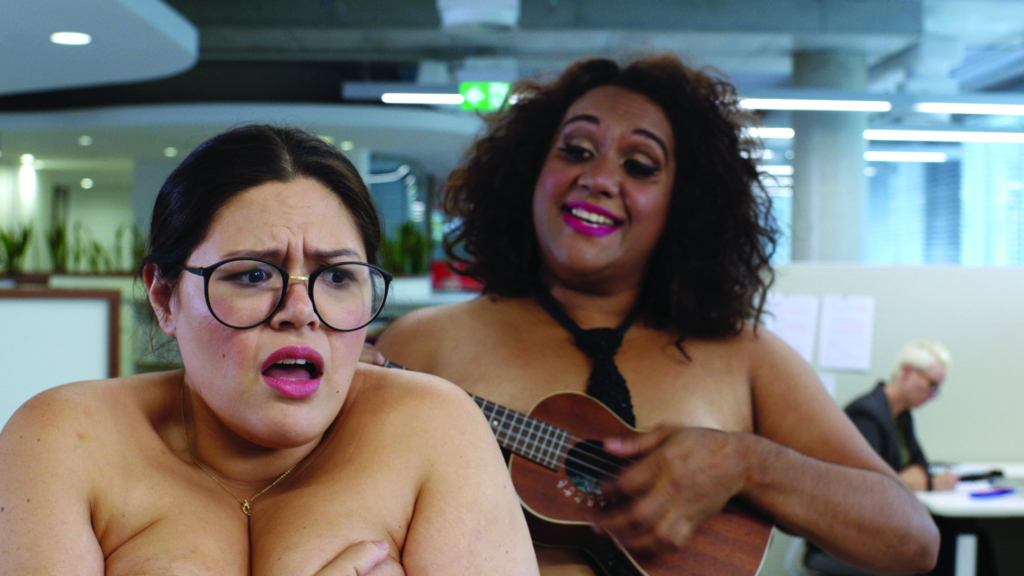
SBS Viceland and ABC Comedy reveal signs of how television in Australia is transforming, as networks try to keep up with our evolving viewing habits and appetites for programming. FTA channels are now becoming the opening act for the headliner: streaming services and social media. There’s huge potential for Australian programming to get made and actually be seen via these digital platforms – as long as the yardstick for what’s worthy isn’t reduced to a column on a spreadsheet.
Endnotes
| 1 | OzTAM, Australian Video Viewing Report, Quarter 4, 2017, pp. 4, 9, <http://www.oztam.com.au/documents/Other/AVVR-Q4-2017-Med%20Res%20Final.pdf>, accessed 30 May 2018. |
|---|---|
| 2 | ibid., p. 7. |
| 3 | ‘ABC Gets Serious About Comedy’, media release, ABC, 30 October 2017, <http://about.abc.net.au/press-releases/abc-gets-serious-about-comedy/>, accessed 24 May 2018. |
| 4 | ‘SPA Statement on ABC Report to Senate on Hours and Budgets for Local Content on the ABC’, media release, Screen Producers Australia, 11 April 2018, <http://www.screenproducers.org.au/assets/PR/ABC-Report-to-Senate-.pdf>, accessed 24 May 2018. |
